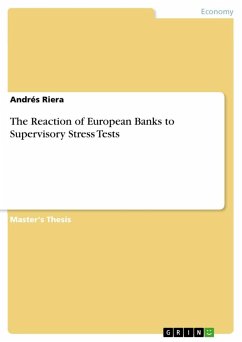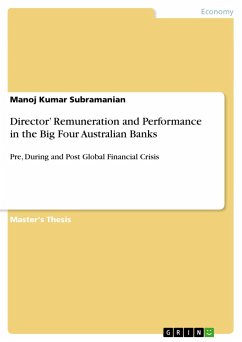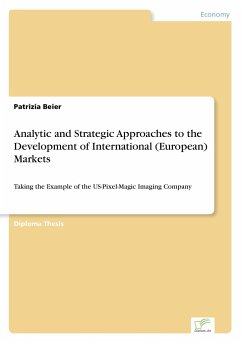Master's Thesis from the year 2018 in the subject Business economics - Banking, Stock Exchanges, Insurance, Accounting, grade: 5.5/6, University of Zurich, language: English, abstract: Supervisory stress tests conducted in recent years by the European Banking Authority (EBA) provided potentially useful information to banks' management. This paper examines empirically the hypothesis that the stress test results published have influence on banks' ongoing risk mitigation efforts. The hypothesis rests on the evidence that stress tests have induced a reaction in bank equity and debt markets, which in turn sends a clear market signal to banks' management. The concept of market discipline implies that market prices can influence the banks' management in terms of their risk mitigation decisions. Using a difference-in-differences approach, it is measured how banks reacted to their respective stress test results. The evaluation shows a general rise in risk mitigation efforts of EU banks when looking at average total capital ratios since 2007. However, the results do reject the hypothesis that banks with low stress test scores have a stronger incentive to mitigate risk after the stress test publication. Yet low score banks demonstrate that adequate capital buffers were already set in place long before the stress test results. The higher capital buffers are reflected in above average total capital ratios of low score banks. This fact indicates that these banks might have reacted already before the stress test publication to make up for the higher asset risk exposure by growing stronger capital buffers.








